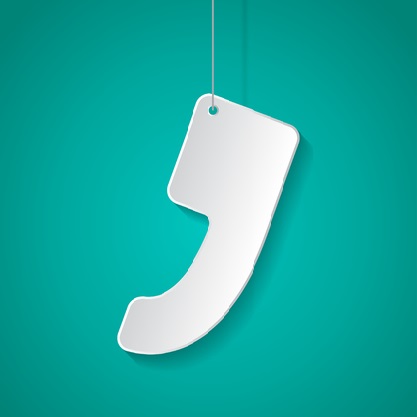This blog tag is for posts about punctuation, such as examples of bad punctuation and how to use it correctly.
For the love of the Oxford comma
My love for the Oxford comma is second only to my love for the semicolon (see the previous blog post). But what is the Oxford Comma? Also known as the serial comma, or Harvard comma, it’s the comma that occurs before the ‘and’ at the end of a list of things. For example, I love pizza, wine, and chocolate. See the orange comma? That’s what all the fuss is about. It’s known as the Oxford comma because for the last century it’s been part of the Oxford University Press style guide.
People are enormously passionate about the Oxford comma. In 2011 it was erroneously reported that Oxford University Press had removed it from their style guide, which sparked social media outrage, a flurry of anguished blog posts, and the creation of a “Save the Oxford Comma” Facebook community. Few punctuation marks have generated such depth of feeling. Thankfully, it transpired that the Oxford comma was still very much a part of the OUP style guide, and everyone retreated back to their corners.
However, debate still rages about whether the Oxford comma is really necessary. There’s no concrete answer; it’s a style issue. Some style guides say to use it and some say to avoid it. Unless I am writing under a specific style guide in the ‘avoid’ camp, I tend to include it all the time because it’s never not correct. To omit it can cause the sentence to be incorrect, though, and I’ve decided it’s too exhausting to apply the rule on a sentence-by-sentence basis.
Here’s an example of a sentence where it makes no difference if you use it or not.
I bought socks, shoes, and gloves.
I bought socks, shoes and gloves.
It’s fairly obvious that, whichever way you write it, you’re listing three separate things. If your style guide forbids Oxford commas, you’d choose the second option.
There are some sentences, however, where leaving out the Oxford comma drastically changes the meaning. I’ll use a famous 2013 Sky News tweet as an example.
“World leaders at Mandela tribute, Obama-Castro handshake and same-sex marriage date set…”
What Sky News intended was to list three separate news events, but the omission of the comma before the ‘and’ caused the sentence to read as if the two items after the first comma were related. It should have read:
“World leaders at Mandela tribute, Obama-Castro handshake, and same-sex marriage date set…”
This would have avoided the suggestion that Obama and Castro were about to get hitched, and the mirth of media commentators worldwide.
It’s worth noting that style guides who do not favour the use of the Oxford comma still prescribe it in instances such as this, where it is required to clarify the relationship between items in a list.
So, when you’re listing things, remember that it’s totally fine to use a comma before the ‘and’ – and it might just save you from making an embarrassing mistake.


